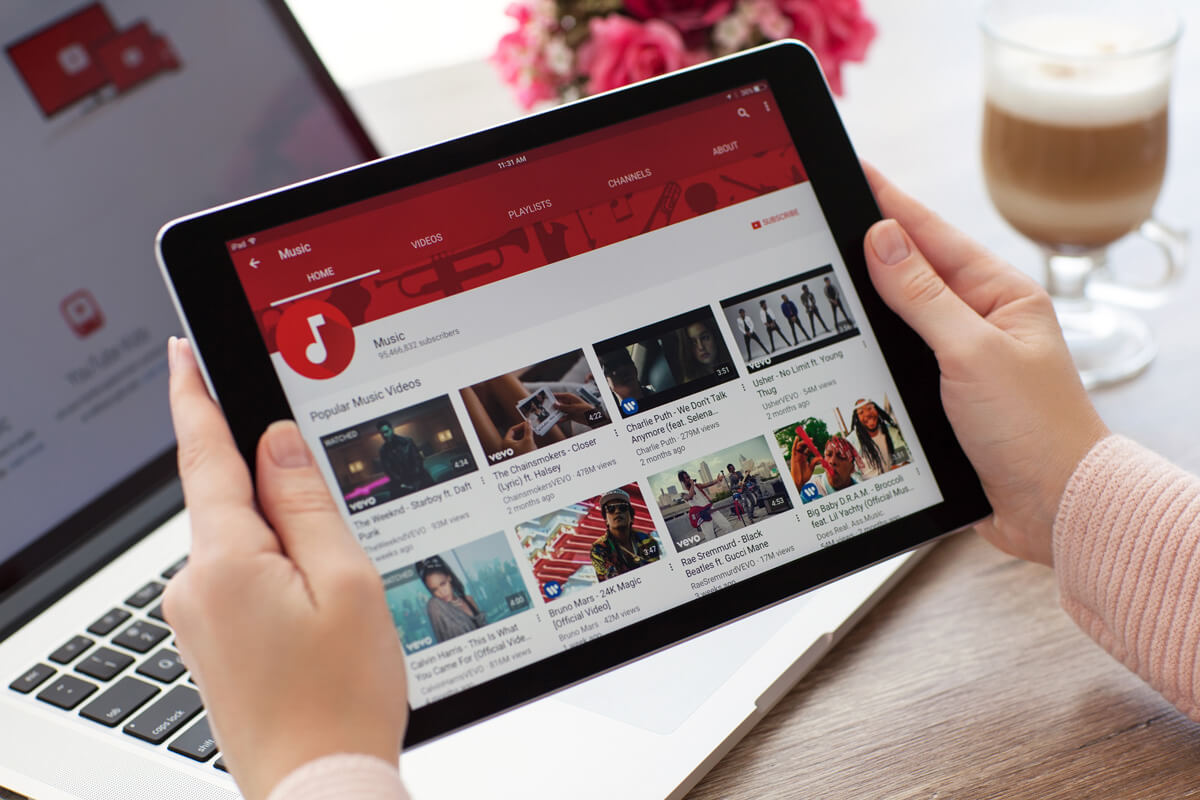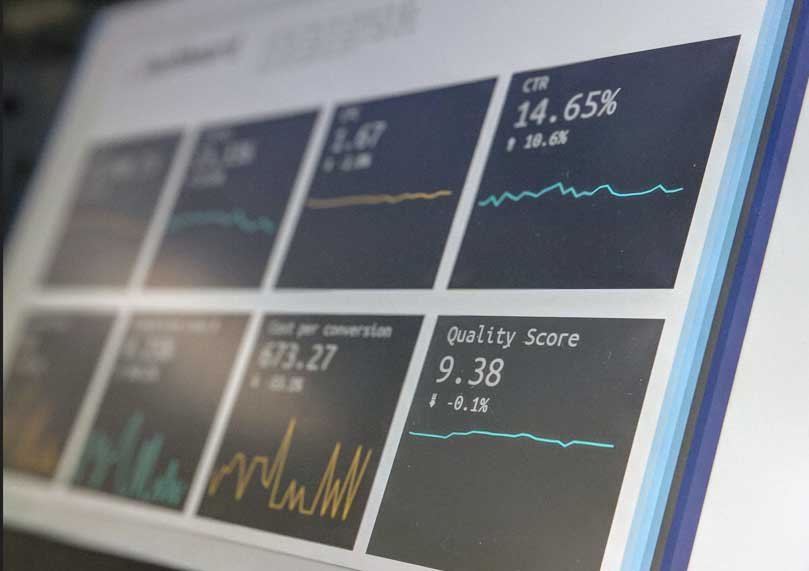Living The YouTube Dream: A Beginner’s Guide To An Optimised YouTube Channel
Content creation for YouTube is extremely popular these days. YouTube has become a platform where people all across the globe are uploading audio-visual content that caters to a plethora of audiences. From educational videos to daily vlogs and entertainment shows, there is probably nothing that you won’t find on YouTube. The immense popularity of the platform has resulted in the creation of 51 million YouTube channels to date! (https://www.tubics.com/blog/number-of-youtube-channels#:~:text=As%20of%202022%2C%20there%20are,hours%20of%20video%20every%20minute) If you are not already aware, the number itself must show that since it is such a huge phenomenon, the competition among YouTube content creators is cut-throat. Every channel wants more audience, but there is only a limited number of people. If you are a small creator out on YouTube, this might be discouraging for you. But, this should not deter you because there is something that once mastered, can help your reach grow leaps and bounds. Let’s introduce you to YouTube SEO factors!
What is YouTube SEO?
If you are trying to build a web presence for yourself, it is likely that you already know what SEO is. SEO is a set of different processes that finetune your website so that search engines like Google and Bing display it as one of the first few search results.
YouTube SEO functions in the same way. When you optimise your YouTube content for the search engine, you basically make sure that every element of your channel is conducive to securing a high rank on the YouTube search results page.
You might ask how the algorithm works for YouTube SEO. Again, audio-visual content evaluation is no different from that undergone by website content. YouTube’s algorithms judge the quality of the video you are putting out based on several factors and accordingly rank your video. The higher the rank you get, the higher the views. This increased viewership will lead to the growth of your channel. This is why knowing about YouTube SEO tips is beneficial for any content creator.
How can I optimise videos for YouTube?
Now that you know what YouTube SEO is, the next step is understanding how you can carry out the optimisation. Remember how the last section talked about a number of factors on which YouTube’s algorithm judges your content? These factors are what tell YouTube that you are creating helpful content. Accordingly, these are precisely the areas you need to work on to optimise your videos for YouTube. Identifying all the YouTube SEO factors might be challenging for a beginner.
To make things easier, here is a list of all such areas you need to keep in mind while carrying out SEO for YouTube.
- Use of proper keywords: Keywords are pivotal for any form of content. Do exhaustive research of the trending keywords on YouTube, make content on the topics, and use those keywords in your titles and metadata. You can rely on search bar autocomplete for popular keyword suggestions or track fellow content creators’ popular uploads. You will know what videos to create and which keywords to use for a better reach.
- Video Title: Titles are important because both your audience and YouTube will come to know about your content niche and whether it is helpful. Besides using keywords in the titles, also try to keep them concise. The ideal length of popular YouTube videos is between 50-70 characters. The logic is simple—the shorter the title, the quicker your communication about your video content. Users get swiftly convinced that you can provide them with the answers they are looking for. Hence, more views come your way.
- Video duration: If you are publishing a video that is too long, it is more likely that people would exit it before finishing it. If your video is too short, it probably won’t address the audience’s needs. Identifying the optimal video length is crucial for YouTube SEO. Anywhere between 10 to 16 minutes is considered the ideal length for a YouTube video (YouTube SEO: How to Rank YouTube Videos [Study] (briggsby.com). The length retains more viewers and that puts you in YouTube’s good books.
- Video description box: The description you provide for your video should be compact and informative. It should give the users and YouTube an idea about your content. Including a few keywords in the description box always helps. Also, use the space to add links to your other socials to boost content distribution. Do not forget to provide links to your other videos.
- Number of views: When it comes to the number of views for YouTube SEO, you will find yourself in a lucky loop. This is because an optimised channel will attract more views. More views in turn will tell YouTube that your channel is well-optimised and the platform will give you a good ranking leading to more views. So, invest time and energy into building a consistent audience. The more views your content gets, the more credible your information is to YouTube. That is ultimately the goal of SEO.
- Other engagement factors: YouTube judges your content’s ability to meet the audience’s needs by evaluating their response to your content. Viewer engagement then definitely is a big part of SEO for YouTube. While putting out good content alone makes the viewers show their engagement by likes and comments, you can also encourage them to interact with your video. YouTube algorithm greatly values positive viewer engagement.
Were these YouTube SEO tips helpful? Optimising your channel can be cumbersome. But starting out with these factors in mind can make the process easy. Once you get the hang of it all, you will be churning out quality content in no time.
Are there any tools that can help me with YouTube SEO?
Here are a few audit tools you can consider:
- Google Trends: Provides you information about top searches and their popularity by region.
- Ahrefs Keyword Explorer: One-stop solution for all your advanced SEO metrics needs, Ahrefs helps you with keywords and competitor analysis.
- Canva: Not an SEO tool per se, but you can create eye-catching thumbnails and end screens to attract and retain your viewers. Canva also helps immensely with creating graphics and logos for your channel.
- VidIQ: Probably the most popular choice, VidIQ can be downloaded as an extension. It provides creators with over a hundred tools that give detailed insights into channel analytics. You get a precise idea about your content’s performance, YouTube trends, and competitors’ ranks.
Mastering these YouTube SEO tools will make you feel like a YouTube SEO specialist! If you still find it complicated to navigate through SEO techniques, you can always rely on an SEO agency or an SEO company. Firms providing digital marketing services can come to your rescue. Leading names like Fenzo Digital will have a brilliant team of YouTube SEO specialists to help with channel optimisation. There would be no need for you to trouble yourself with the technical stuff. With professionals by your side, your YouTube dream would be within reach!







